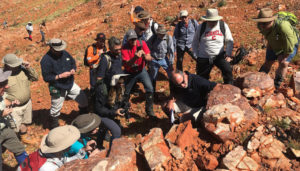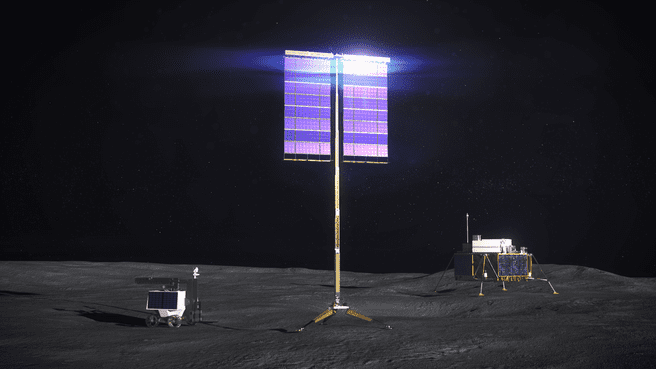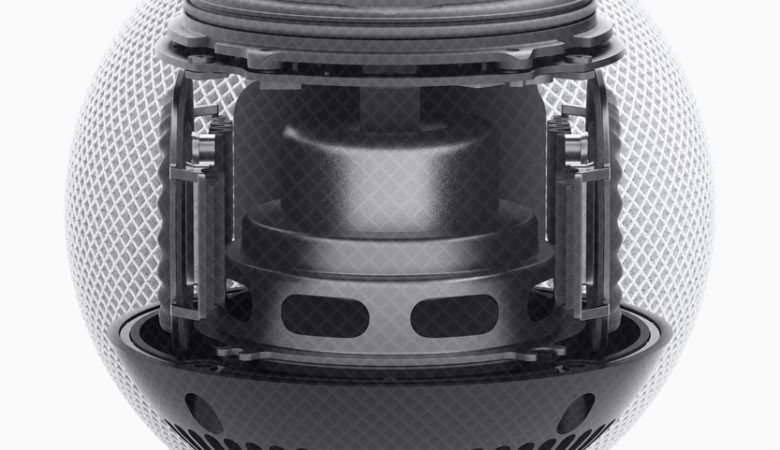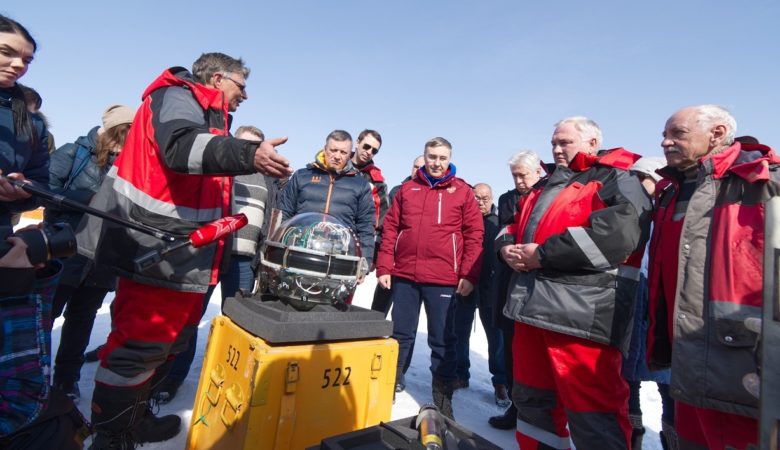The first traces of life on earth are billions of years old. Soon, the rover Perseverance will look for similar signs on the neighboring planet.
The new Mars adventure began at the end of July.
Then NASA lit the fuse, and sent the rocket with the rover Perceverance towards the red planet. At the moment, the vessel is speeding towards the destination, and the landing, which will take place on 18 February 2021.

But when Perseverance is well in place, it will embark on an exciting task:
Look for fossils.
At the far end of the rover’s two – meter long robotic arm is the Planetary Instrument for X-ray Lithochemistry – PIXL. It can, as the name implies, take X-rays of stone.
The goal is to find rocks with traces of ancient life, according to NASA’s Jet Propulsion Laboratory .
But what kind of fossils can PIXL actually find?
Small structures
These are not exactly dinosaurs.
The X-ray machine sits on extremely sensitive legs that can make tiny, precise movements. PIXL will select stamp-sized areas of interesting stones, and then take thousands of X-rays to form a map of both the structure and the chemical composition of the stone.

Here are scientists from NASA on an expedition in Australia, to study stomatolites – the oldest known fossils of life on earth. Maybe it’s possible to find something similar on Mars? (Photo: NASA / JPL-Caltech)
This is how it becomes possible to look for traces of fossil microorganisms. Perhaps something ala the earth’s oldest trace of life?
Stomatolites
The oldest fossils we have found on our own planet are so-called stomatolites. These are petrified mats of bacteria that grew in warm and shallow water about 3.5 billion years ago.
Probably these microorganisms had already learned to use sunlight as an energy source.
Researchers at NASA believe that the very area where Perseverance is to conduct research may have had ideal conditions for similar organisms, between three and four billion years ago. At that time there was a large lake in the area.
The landing site is located on the shores of this lake. The possibility of finding life was one of the reasons why NASA chose this particular place, the space agency writes on its website.
Many tasks
Perseverance will seal interesting stones it finds in containers, which over time can be picked up and transported back to Earth in future Mars vessels. The return date is currently set at around 2031.
At the same time, the rover also has other important tasks. It will, for example, examine climate and geology. And it will test an instrument that converts carbon dioxide into the atmosphere into oxygen.
In this way, Perseverance will be involved in preparing future manned voyages to the red planet.











